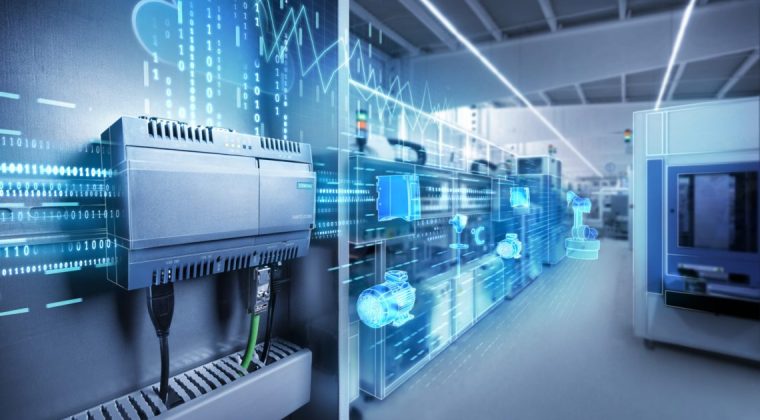The first model PLCs (programmable logic controllers) built almost 50 years ago, was developed to be a substitute power of the computer for the hardwired banks that is used to control factory machinery. It is an industrial computer control system that would monitor the state of the input devices and is able to make decisions based on the custom program that would control the state of the output devices. A PLC must also accommodate significant input/output arrangements. The PLC’s list of signals coming in (from switches, sensors, circuit breakers, etc.) combined with outgoing commands (to motors, lights, valves and the like) is as long as the operations it controls are complex. Its physically tough in design to protect the device from challenging levels of dust, humidity, vibration, temperature and so on.
PLCs impact on the automation industry
PLCs have had a revolutionary effect on the automation industry, enabling insight into and control over complex mechanical systems a far cry from the days when a single unidentified ‘fault’ might cause the best part of a manufacturing plant to grind to a halt. And their enduring success over the years has been in large part due to their essential simplicity – for all their processing power.
No technology, however, remains untouched by progress indefinitely and PLCs are in the end as bound as anything else to reflect key developments in the way in which machines and devices are built. PLCs are in consequence becoming more powerful (faster and with dramatically improved memory capacity) even as they decrease in size. A single PLC can now easily do the work of several of its predecessors. Such progress may be seen in their ability to accommodate multiple communication protocols simultaneously or the fact that their software developers may mix and match different programming languages.
However, capability is not in fact necessary for the control of many devices, drives included. Where simple efficiency is the priority, complex capability may be at best an irrelevance and at worst a liability (for instance in terms of cybersecurity). For this reason, a new generation of machine controllers; compact PLC like devices has evolved to take over some of the work which high-end PLCs have outgrown. In terms of memory and input/output capacity, a controller of this type for a variable speed drive, supplied onboard, bespoke-programmed and with an intuitive graphic interface, is relatively inexpensive, time-saving and easy to use (as well as to integrate with the larger network or system).
Hence, traditional relationship between drives and PLCs is therefore going through a time of change. It’s an upheaval which perhaps only old-style system architecture might not survive. The fundamental principle is now drives made smart through programming power.
Please contact us for further information



